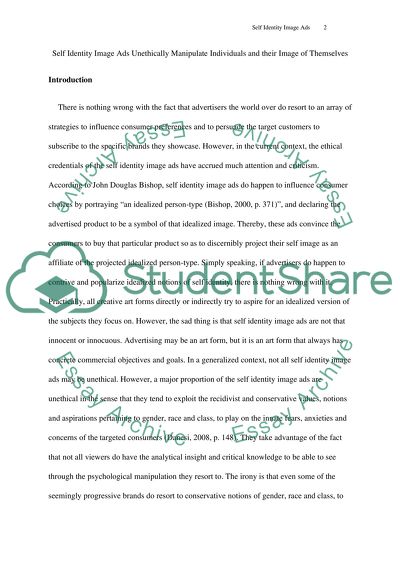Cite this document
(“Self-identity image ads Essay Example | Topics and Well Written Essays - 1500 words”, n.d.)
Self-identity image ads Essay Example | Topics and Well Written Essays - 1500 words. Retrieved from https://studentshare.org/marketing/1667995-self-identity-image-ads
Self-identity image ads Essay Example | Topics and Well Written Essays - 1500 words. Retrieved from https://studentshare.org/marketing/1667995-self-identity-image-ads
(Self-Identity Image Ads Essay Example | Topics and Well Written Essays - 1500 Words)
Self-Identity Image Ads Essay Example | Topics and Well Written Essays - 1500 Words. https://studentshare.org/marketing/1667995-self-identity-image-ads.
Self-Identity Image Ads Essay Example | Topics and Well Written Essays - 1500 Words. https://studentshare.org/marketing/1667995-self-identity-image-ads.
“Self-Identity Image Ads Essay Example | Topics and Well Written Essays - 1500 Words”, n.d. https://studentshare.org/marketing/1667995-self-identity-image-ads.


